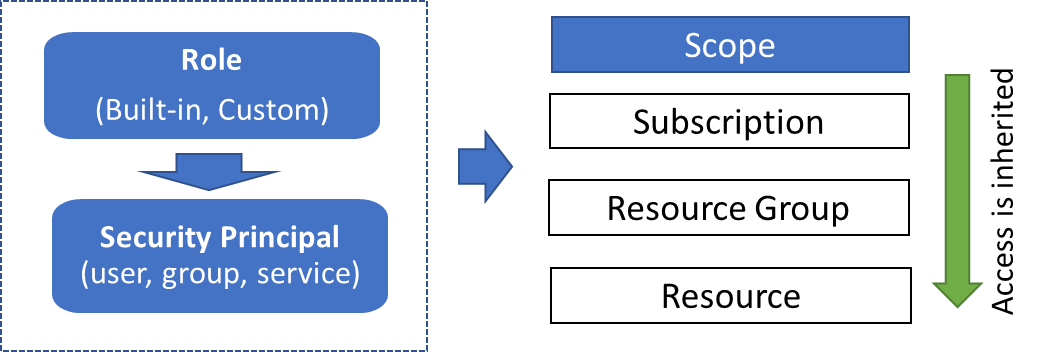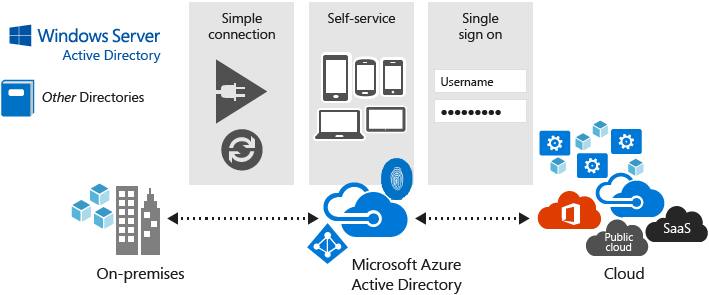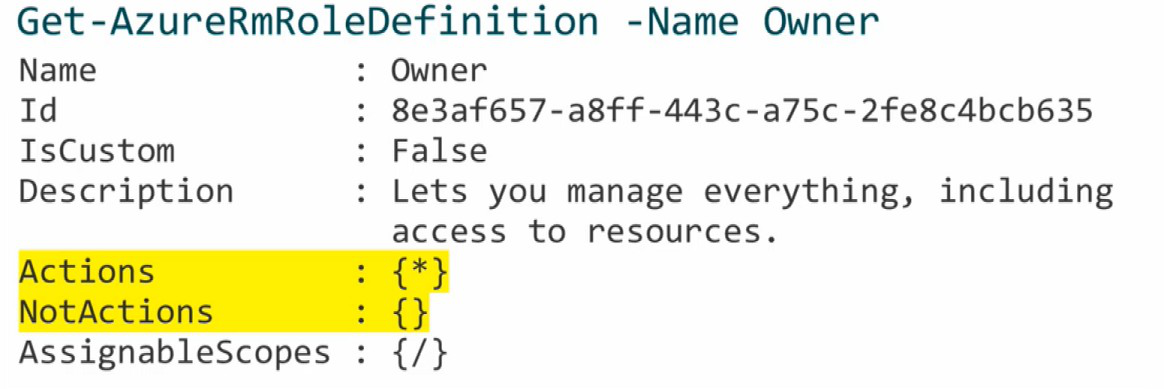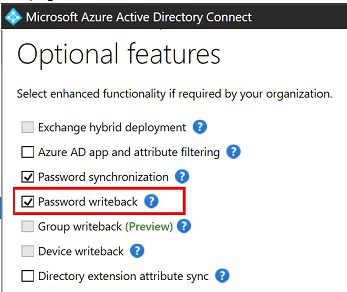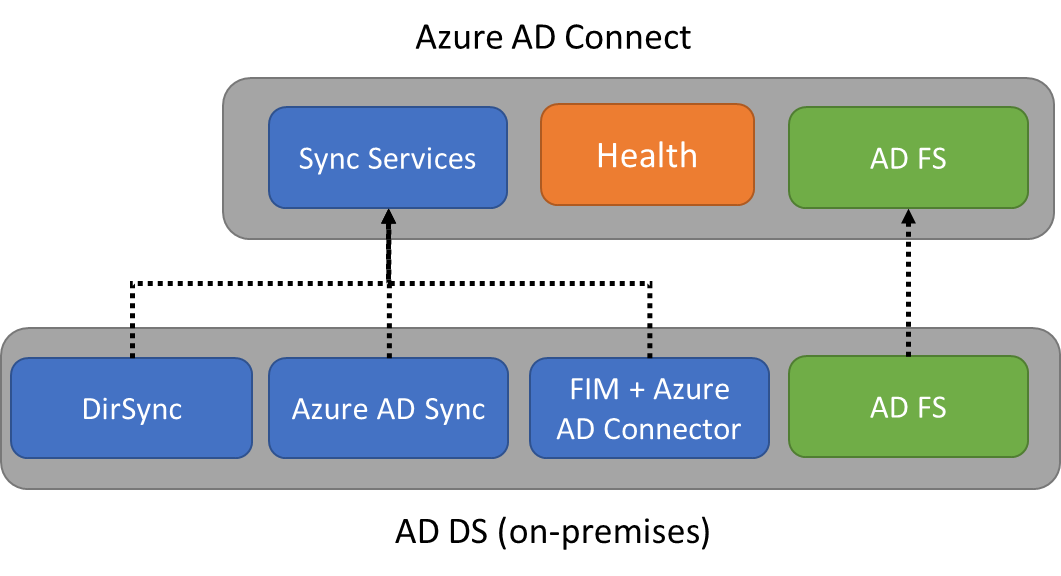Self-service identity and access management
 |
|---|
Azure Active Directory
Azure Active Directory Benefits
Reducing costs and enhancing security with self- service capabilities
Support for iOS, Mac OS X, Android, and Windows devices
Single sign-on to cloud and on-premises web app Extending Active Directory to the cloud
Protecting cloud and on-premises web applications: multi-factor authentication
conditional access policies
group-based access management Directory lookups: Azure AD Azure AD relies on REST API over HTTP and HTTPS.
Federation: Azure AD includes built-in federation support.
Azure AD DS is a managed AD DS deployment in an Azure VNet:
Integrates with Azure AD
Delivers core AD DS features:
Domain join
Kerberos and NTLM
LDAP
Group Policy
Intended for:
Azure VMs that rely on AD DS
Cloud-based environmentsRole-Based Access Control
Microsoft’s multi-tenant cloud-based directory and identity management service
Provides SSO access
Identity management capabilities and integration Integrates with Windows Server Active Directory
Azure Active Directory Differences
Azure AD is primarily an identity solution, and designed for HTTP and HTTPS communications
Queried using the REST API over HTTP and HTTPS. Instead of LDAP. Azure Active Directory Basic designed for task workers with cloud-first needs, this edition provides cloud-centric application access and self-service identity management solutions.
Azure Active Directory Premium P1 designed to empower
organizations with more demanding identity and access management needs.Built-in Roles
A role represents a set of permissions to carry out specific actions
Role Definitions
Actions and NotActions:
Include or exclude actions associated with the role Azure CLI:
az role definition create --role-definition “./sysops.json”
az role assignment create --role $roleName \
--assignee $assigneeName \
--resource-group $resourceGroupNameConfiguring Self-Service Password Reset
Password Writeback
Writes Azure AD users’ password changes/resets to AD DS
Eliminates the need for on-premises SSPR solutions Requires Azure AD Premium P1 or P2 edition
Is enabled by using Azure AD Connect:
Start Azure AD Connect Configuration Wizard
Select Customize synchronization options
Enable the checkbox on the Optional features page
 |
|---|
Azure AD Connect
Supported by Azure AD Connect:
Synchronizes user passwords from AD DS to Azure AD Allows users to use their AD credentials in order to access: Azure resources
Office 365
Microsoft Intune
Azure AD Connect Health
Provides monitoring of AD DS and Azure AD integration:
Azure AD Connect and its synchronization engine
AD DS domain controllers
AD FS servers It supports disabling or enabling the Azure AD identity representing the device.
Joining a device to Azure AD:
Constitutes an extension to registering a device
Provides the benefits of registering a device and, in addition, changes the local state of a device.Hybrid Azure AD join facilitates:
Centralized management of all work-owned devices


